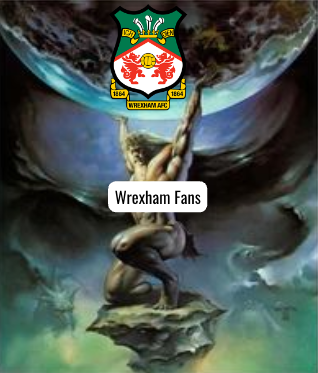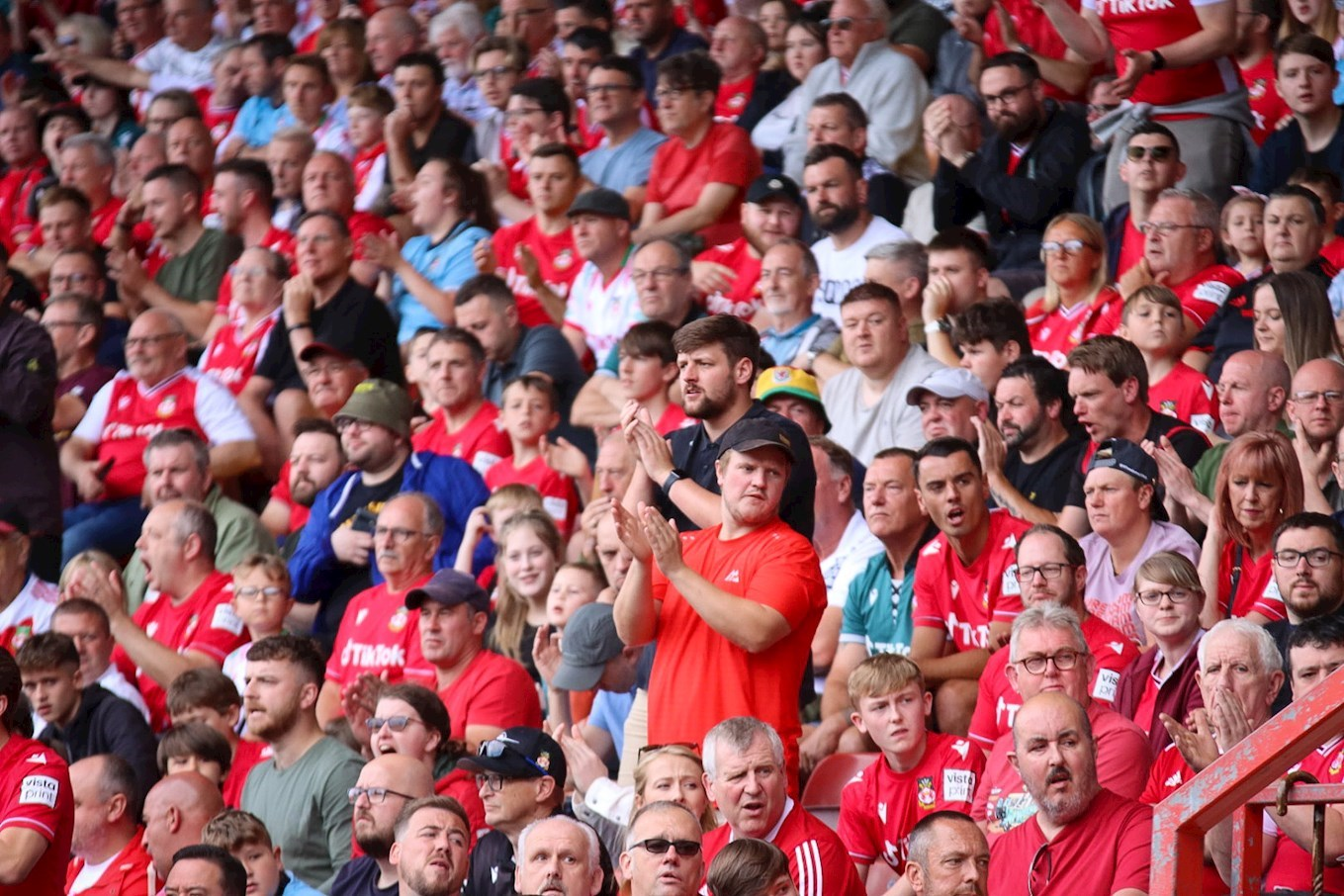Fans founded Wrexham Supporters Trust (WST) to support the Welsh football club in 2002. The organization started off small, as most things do. Its first event was a “Beer a Week” campaign that raised funds for player purchases.
However, only a few years later, the WST found itself involved in far more serious ordeals. The most high profile of these was their legal battle on behalf of Wrexham Association Football Club (Wrexham AFC) to regain the lease for its stadium ground, which was moved from the club to the current owner at the time. While all this was going on, the WST and fans alike were fundraising to help cover rising club debts and continue supporting the team on the pitch.
In only a few years, the Supporters Trust had gone from hosting “Beer a Week” campaigns for its Welsh football club to fighting for its very existence.
And yet, miraculously, the WST’s true importance to the club was still to come. After a series of failed ownership tenures in the 2000s, and less than 10 years after its founding, the WST entered into a new, almost video-game-like scenario: owning a football club.
Against All Odds
The entire saga surrounding former owner Geoff Moss’s sale of Wrexham AFC to the WST took months to unfold. And while the previous Wrexham series piece covers the general story of how the club’s fans became its owners, it would take an entirely new series to detail all the ways the WST helped keep the club alive.
Long story short: the fact that Wrexham AFC exists today is remarkable, and its fans are a key reason why. This fact was more evident than ever during the leadup to, and ensuing months after, the club was sold to the WST in December 2011. Here are a few highlights and statistics showing that importance:
- The WST had surpassed £500,000 in fundraising to invest in Wrexham AFC by 2011.
- Fans rallied together with the club facing harsh legal repercussions due to an unpaid £200,000 debt and raised enough money to cover the tax bill in time.
- Leading up to the start of Wrexham AFC’s 2011–2012 season, club owner Moss, who was actively trying to sell the team, was refusing to pay the full expenses. With the threat of forgoing an entire season looming overhead, the Supporters Trust saved the day (and season) by raising £125,000 in August 2011.

Photo Courtesy Will Gatchel
We Own The Club. Now What?
The WST was keen to take the club in a different direction than its previous few owners, but some major obstacles stood in the way. First and foremost was the club’s financial issues. The WST ownership deal included adopting half a million pounds in debt in addition to yearly club operation costs of almost £750,000.
The prior owners also did little to improve or update the team’s facilities, training grounds, or management staff. To make matters even worse, Wrexham had been relegated from the English Football League in 2008, ending an 87-year streak of League play. Clearly, there was a lot of work to be done, little room for error, and even less room for money.
The WST was undeterred by this mountain of challenges. Maybe it had to do with the fact that, unlike previous ownership groups, these owners were, first and foremost, club fans.
And they, whether the obnoxious or the not-as-obnoxious sort, share a single dream: wanting their respective team to do well. No more, no less — it is an immensely difficult yet singular task.
The WST’s ownership tenure was motivated by a pure passion for Wrexham AFC, not its potential to turn record profits. Under its new owners, the club, which had been teetering on the edge of existence for the better part of a decade, almost poetically hit the ground running.

Photo Courtesy Wrexham AFC
Paying Off Debts And Rebuilding The Club
Wrexham started to hack away at the problems that had plagued the club for years. Spoiler alert: there was a lot of hacking to be done. The WST first established a Football Club Board, initially made up of six members, to handle daily business operations. The fan-led ownership was a breath of fresh air for the football club, whose fans had spent a long time fighting for its very existence.
The elected board members began turning the club’s finances around slowly but surely. In the meantime, Wrexham’s players gave fans new reasons to hope with some historic on-the-field performances and cup runs.
Next up: The highs and lows of WST’s ownership.





